We love year-end reviews and lofty January 1 predictions as much as anyone. What’s missing sometimes though is the translation “back to earth”. As a provider and partner to assisted living operators across the country, we have a unique perspective. Here’s our take on some of the most talked-about trends in senior living and what we see as most relevant “on the ground” for assisted living providers.
Changing Competition
Industry media predicts new entrants like Apple and Amazon into healthcare will lead to changes in senior living…eventually. More immediately, we see increased cross-pollination of leadership from other industries like hospitality.
With people from different industries joining the fray, we’re seeing more aggressive business strategies and faster decisions than we’ve seen in the past.
We’re keeping a pulse on the innovation with this trend and are looking forward to the increasing thought diversity and intentional collaboration between innovators and stakeholders across the industry.
Standards Momentum
National trade association Argentum has been pushing for voluntary industry standards for years. Its multi-year Senior Living IQ initiative has helped increase momentum and focus on the standards conversation nationally.
These efforts are not, however, unanimously supported across the industry. In 2018, Argentum established the Senior Living Standards Commission and in 2019 applied for and received designation as an accredited standards developer for the American National Standards Institution (ANSI). Industry organizations including NCAL, Leading Age, and others disagree with the approach (and have appealed ANSI’s decision.)
Whether the existence of voluntary standards invites or prevents federal regulations, the standards conversation isn’t going away. Assisted living leaders need to monitor this conversation and be ready for changes in an already complex regulatory environment. (How flexible is your software?)
Investor Involvement
Vertical integration of development and management companies is happening with increasing frequency. On the ground, that means reporting needs are changing as each stakeholder has unique measures for success and KPIs. If you don’t have a flexible reporting tool, this is the year to fix that.
Acquisitions
We work through mergers and acquisitions as a vendor all year long and we can tell you the impact of an ownership change on your staff and community is significant. The stress and chaos are taking a toll. If you don’t have a playbook that guides the alignment process to navigate a merger or acquisition, it’s time.
Communities can vary greatly in terms of role definitions, infrastructure, workflows, resident safety practices, data security practices, and cultural norms just to name a few. If your company doesn’t have a formal, rigorous process for integrating new communities in your portfolio, check out Ariadne Labs’ Toolkit for System Expansion. It’s designed for health systems but is applicable to senior living in many ways.
Turnover
Turnover among the direct care workforce has generally been reported at 40 to 60 percent or higher. (Source: PHI National) Job quality, pay scales, training, and opportunities for advancement all play a role in retaining talent. But what about business practices and tools? We all talk about the workforce crisis but have we thought about how our business practices affect our direct care teams? In our experience, the tools we ask teams to use all day, every day to care for residents matter. If your team doesn’t love the software they use to manage care, is it time to switch?
We’d love to hear from you. What trends are you tracking this year?



